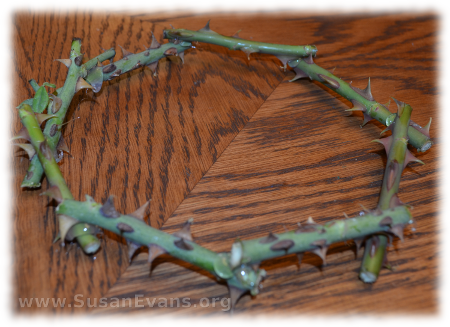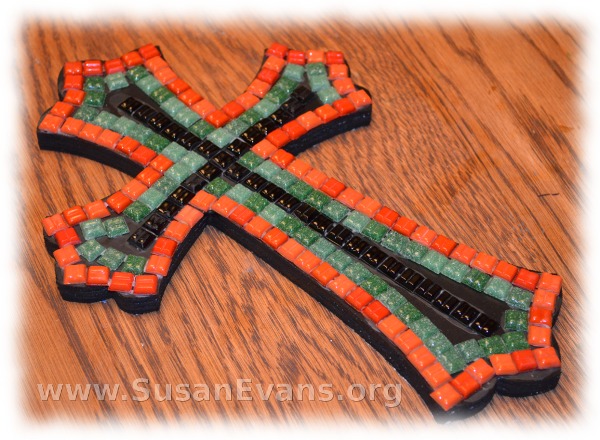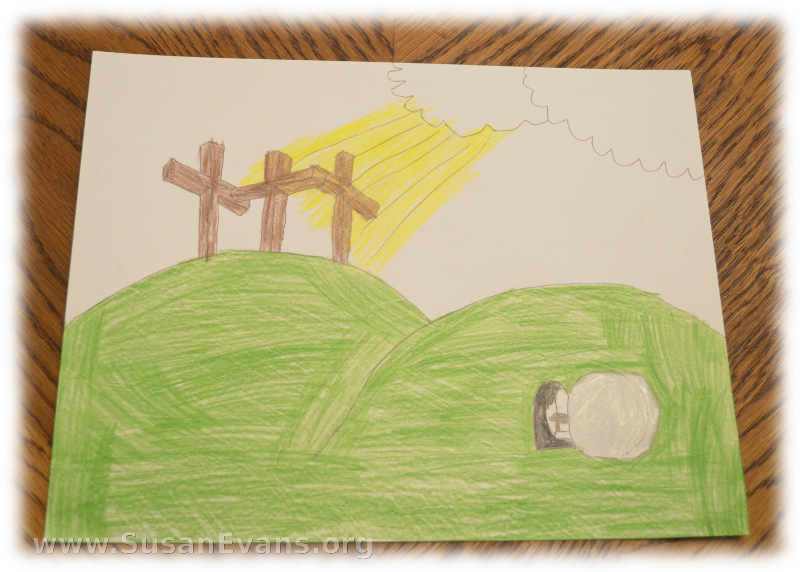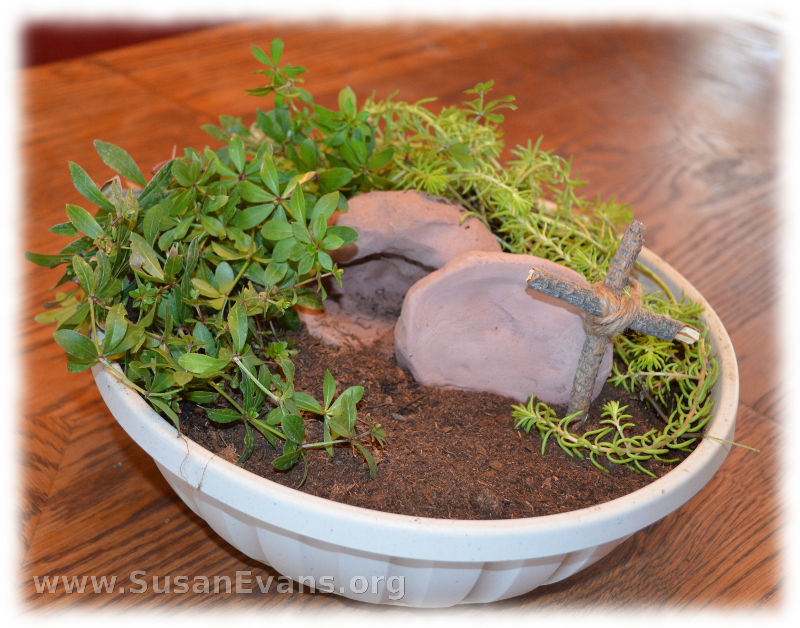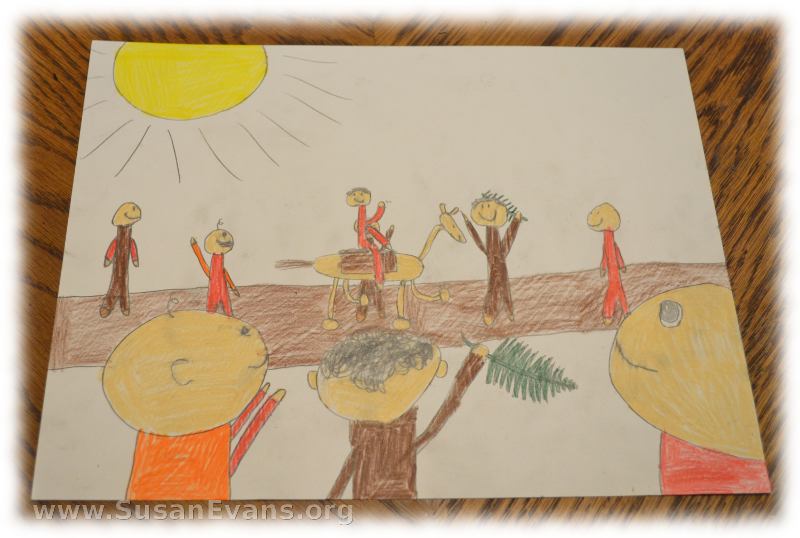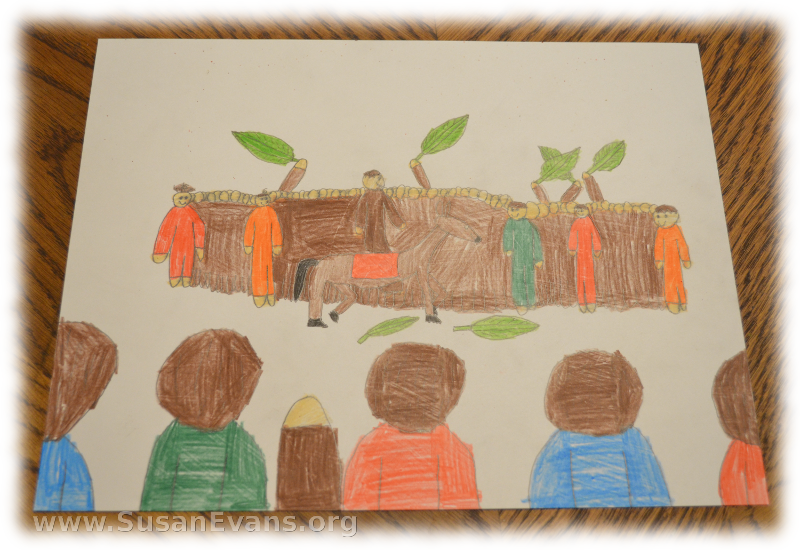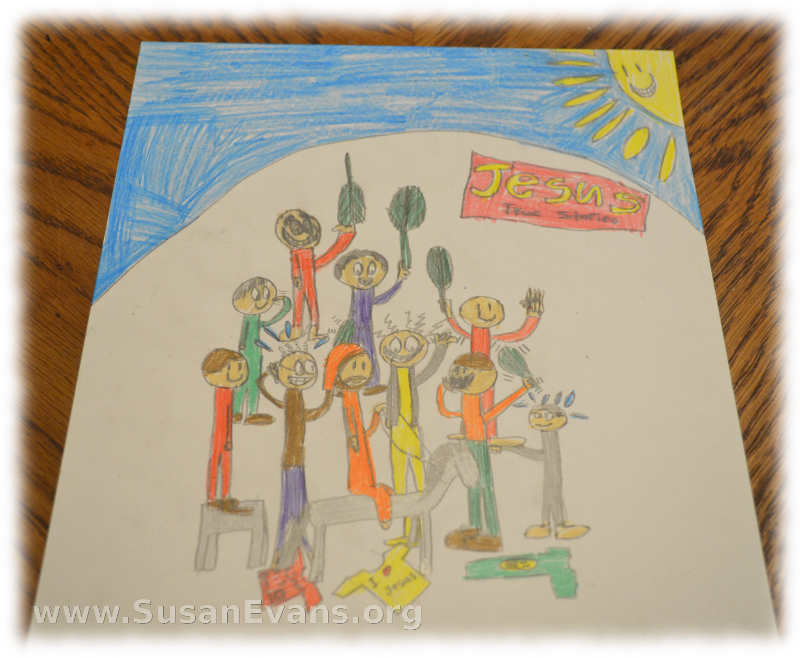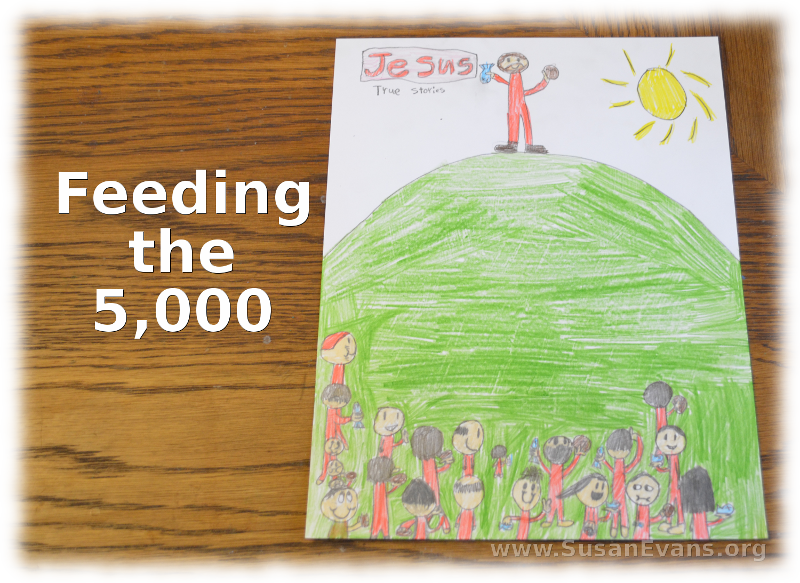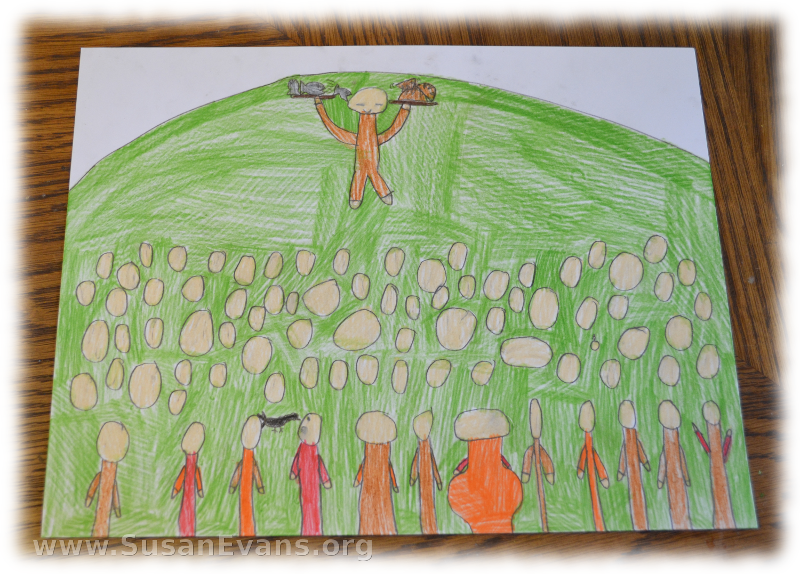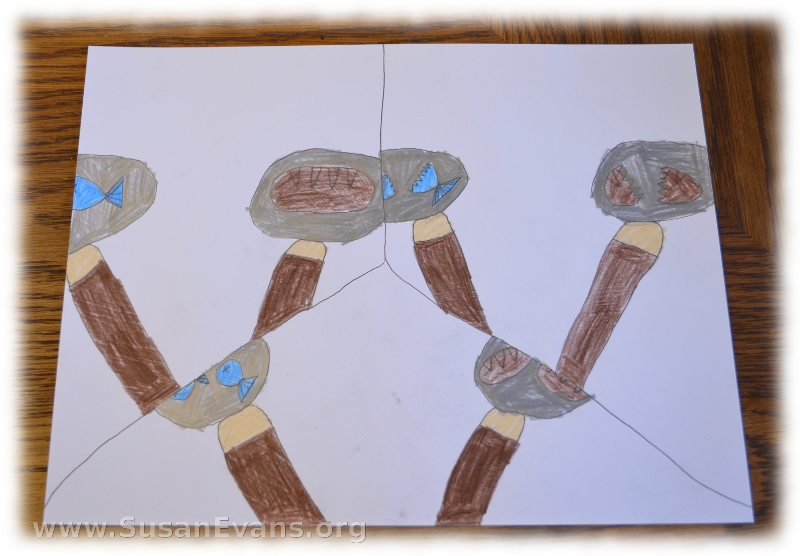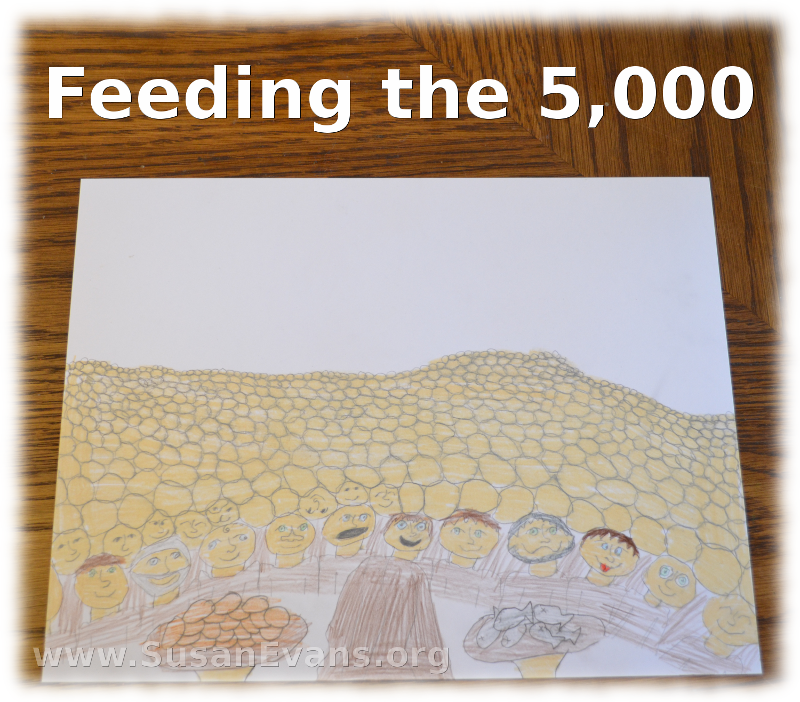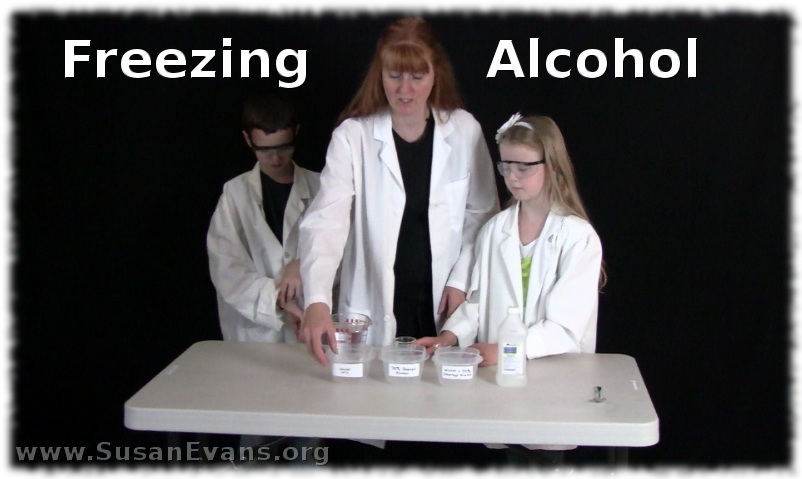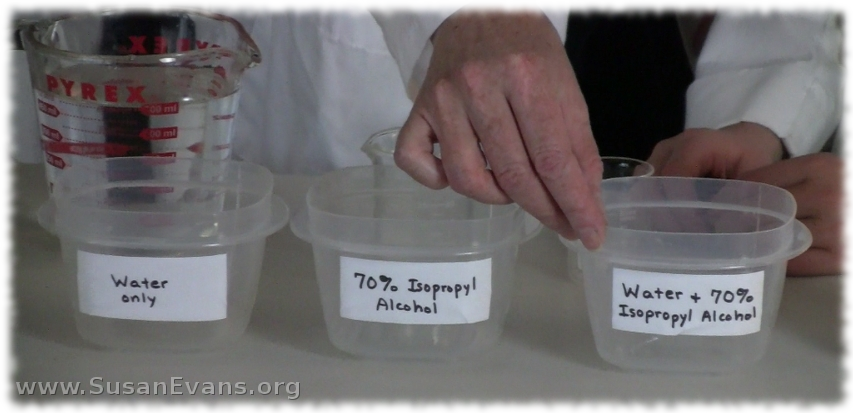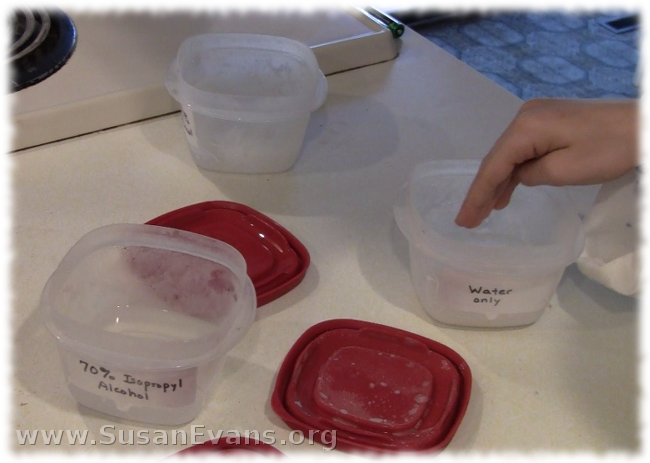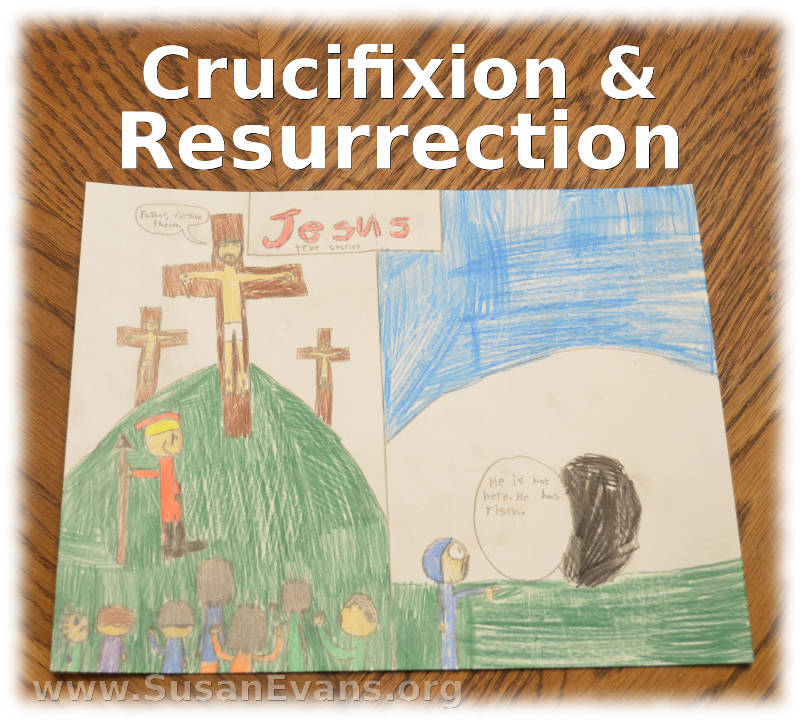 My children drew the crucifixion and resurrection of Jesus, and we did many hands-on activities to understand this powerful event. First we read about the crucifixion and resurrection. You can find the story in Matthew, Mark, Luke, and John. A great time to study the resurrection of Christ is the week preceding Easter. You can start by re-enacting Palm Sunday by waving branches in the air and shouting “Hosannah!” to the Lord.
My children drew the crucifixion and resurrection of Jesus, and we did many hands-on activities to understand this powerful event. First we read about the crucifixion and resurrection. You can find the story in Matthew, Mark, Luke, and John. A great time to study the resurrection of Christ is the week preceding Easter. You can start by re-enacting Palm Sunday by waving branches in the air and shouting “Hosannah!” to the Lord.
By the time Jesus was eating His last supper, His disciples were told that one of them would betray Him. Judas ran out of the room, accepted 30 pieces of silver in exchange for handing Him over to the authorities to be crucified, and then went and hung himself.
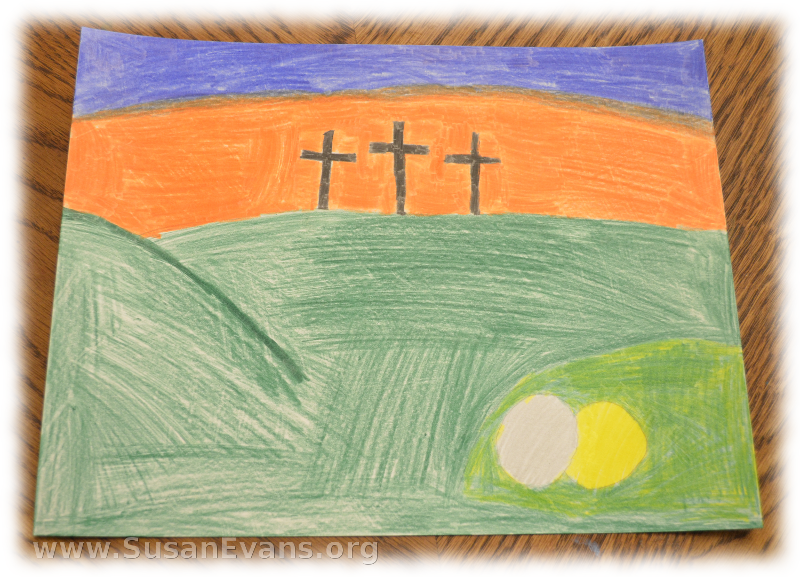 Meanwhile Jesus was arrested in the Garden of Gethsemane, interrupting His deep hours of prayer where He was crying out for the cup to be passed from Him. But He wanted the Father’s will, even if it meant suffering and death.
Meanwhile Jesus was arrested in the Garden of Gethsemane, interrupting His deep hours of prayer where He was crying out for the cup to be passed from Him. But He wanted the Father’s will, even if it meant suffering and death.
Crown of Thorns
The soldiers placed a purple robe on Him and a crown of thorns, and they mocked Him. Here is a painful craft, which will help you to understand how painful thorns can be:
The Cross
Jesus was sentenced to die on a cross, even though Pilate had washed his hands of it and said he found no fault with Him. To understand the story of the crucifixion, we went to a living re-enactment of the life of Christ, culminating in His crucifixion and resurrection:
You can make a beautiful cross mosaic to commemorate the fact that Jesus died to take away our sin:
The Resurrection
But Jesus did not stay in the grave. On the third day, He rose again, claiming victory over death. Here are two fun activities to do with children to show the resurrection:
Sign up below for a free Bible crafts e-book!
If you enjoyed these crucifixion and resurrection of Jesus activities, you will love the huge Bible section inside the Unit Study Treasure Vault.
